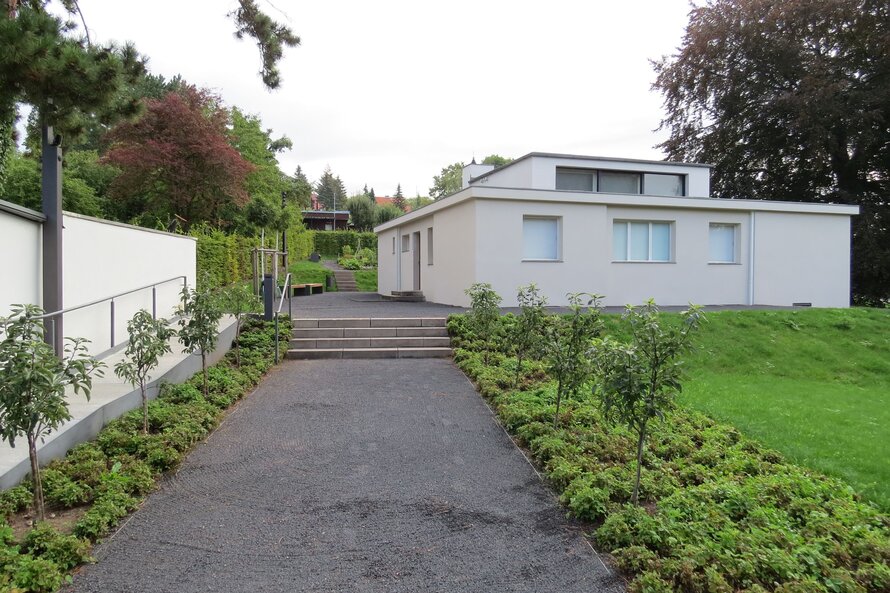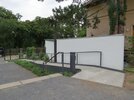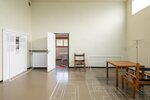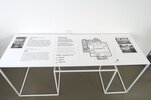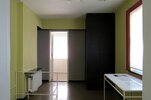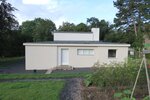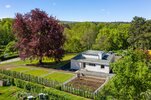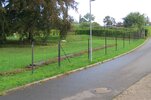Haus Am Horn, The First Bauhaus Building in Weimar
The Haus Am Horn, built in 1923, represents one of the very early prototypes of architectural modernism. This project enables visitors to understand the innovative ideas of the Bauhaus pioneers, their artistic approaches, and the revolutionary and experimental technologies they ...
Read more
Project details
Description:
The Haus Am Horn, built in 1923, represents one of the very early prototypes of architectural modernism. This project enables visitors to understand the innovative ideas of the Bauhaus pioneers, their artistic approaches, and the revolutionary and experimental technologies they applied. The project partners of the Klassik Stiftung Weimar included the city of Weimar as the former owner of the property, the Association of Friends of the Bauhaus-Universität Weimar as the previous manager, the landmark preservation departments of Weimar and Thuringia, and the German federal government and the state of Thuringia as funding providers through the Invest-Ost programme. The house is the first and only example of authentic Bauhaus architecture in Weimar and has been officially recognised as a World Heritage Site along with other Bauhaus sites in Weimar, Dessau and Bernau. It was built by the designer Georg Muche, the Bauhaus director Walter Gropius and his students together with local and regional companies. The surrounding terrain consists of a large meadow and a garden for growing vegetables and fruit, in keeping with the original concept of 1923. After the Klassik Stiftung Weimar assumed ownership and management of the Haus Am Horn in 2019, it discontinued its use as an administrative building and temporary exhibition venue. The central idea of this project was to present the building’s radically new concepts in terms of construction and modern living, make them understandable to visitors with no prior knowledge of the Haus Am Horn while offering detailed information to experts and professional visitors. Thanks to the interdisciplinary collaboration between the building department of the Klassik Stiftung and the architect, landscape planner and exhibition designer, along with the landmark preservation department and the curator of the Klassik Stiftung Weimar, the project succeeded in restoring the original aesthetic appearance of the home. Because the house only partially corresponded to its original design after so many years, extensive research was conducted on the materials and manufacturing techniques of the 1920s, for example for the radiators, baseboards, window construction and colour concept. Thanks to innovative place-holding furniture rendered in white steel and three selected reconstructions, visitors are now able to envision the original aspect of the house. This is an innovative and transferable solution to other sites which have lost authentic furnishings. The accompanying exhibition texts inform the viewer as to which elements are original, reconstructed or newly added. Additional measures were also taken to offer accessibility to visitors with disabilities. Since its reopening in May 2019, the Haus Am Horn has seen an impressive increase in visitors.
Similar projects
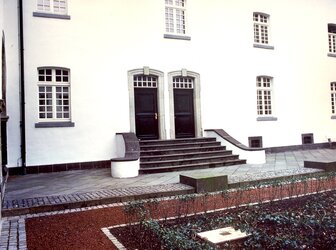
11th century
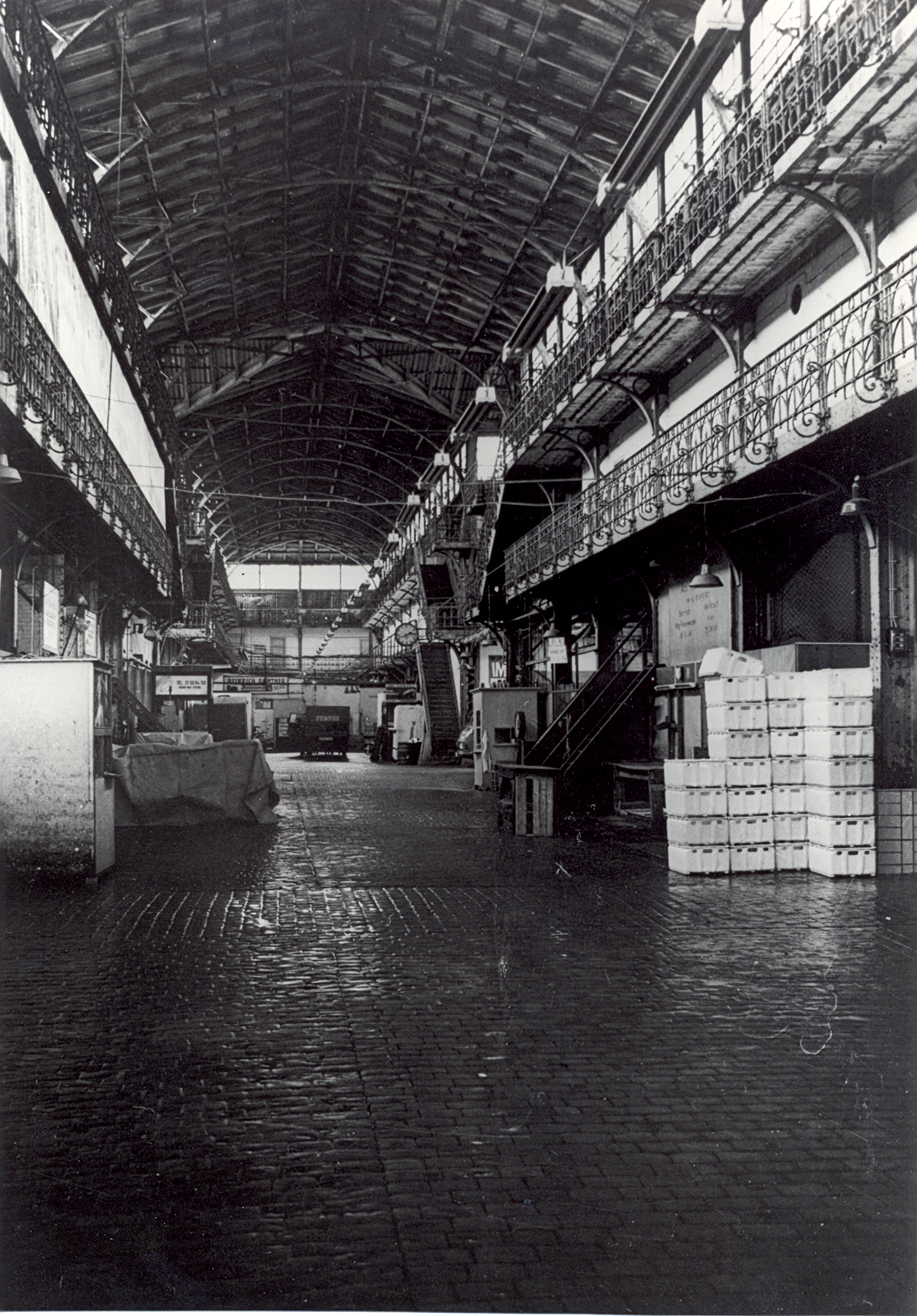
19th century
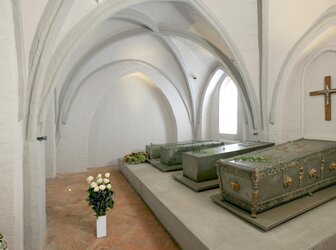
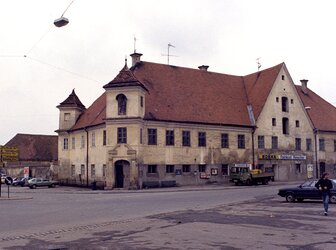
17th century
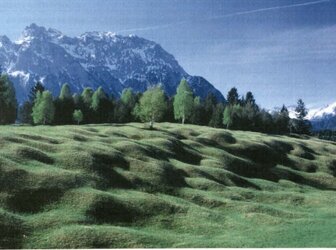

2006-2017
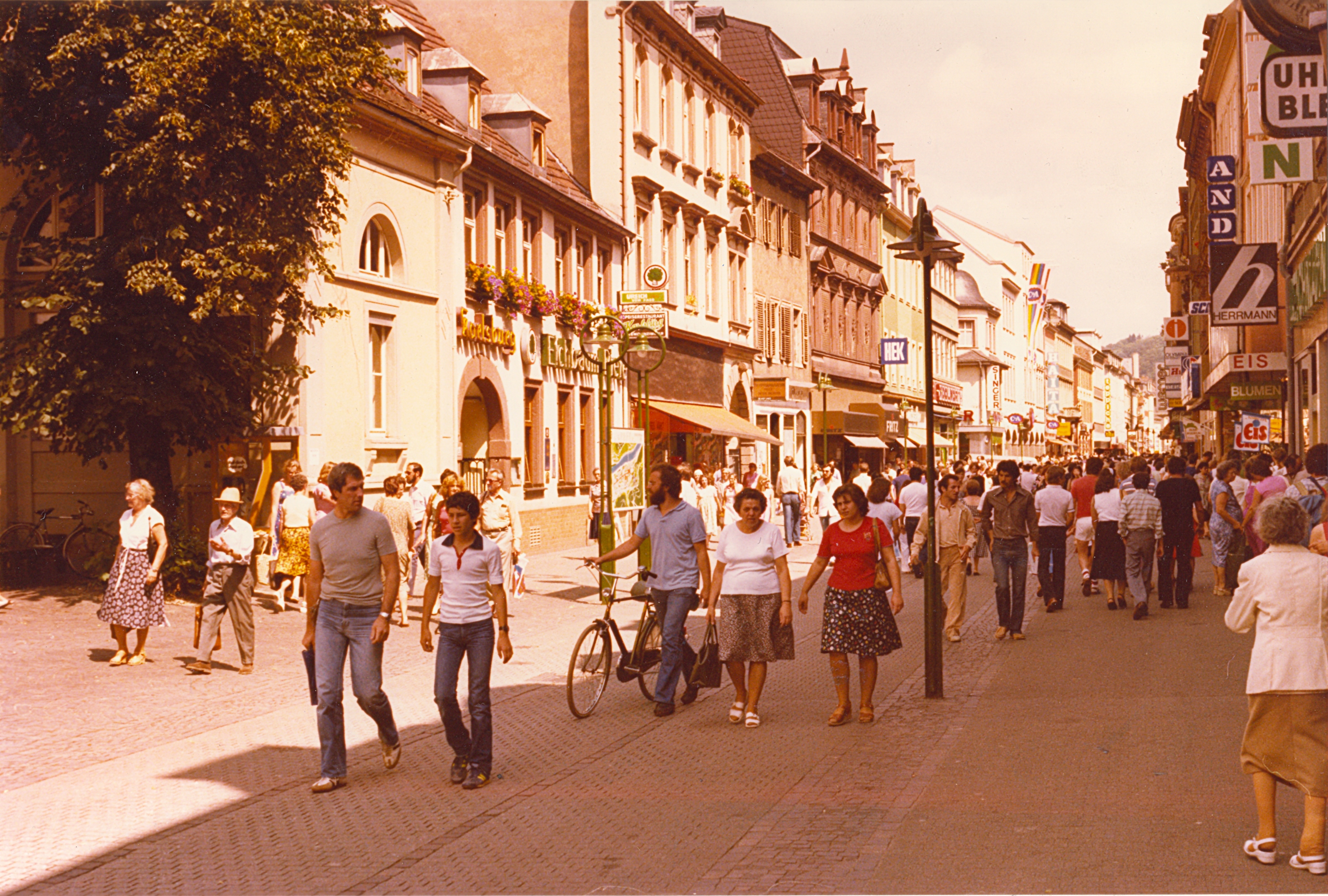

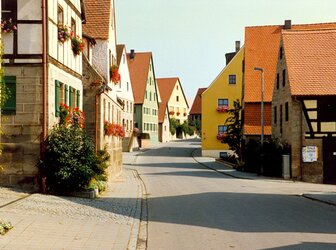
19th century

12th century
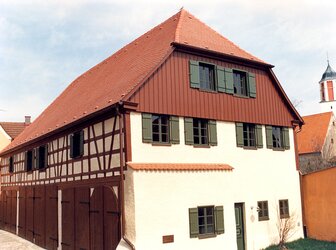
17th-18th century
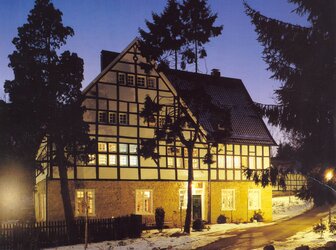
16th-17th century
